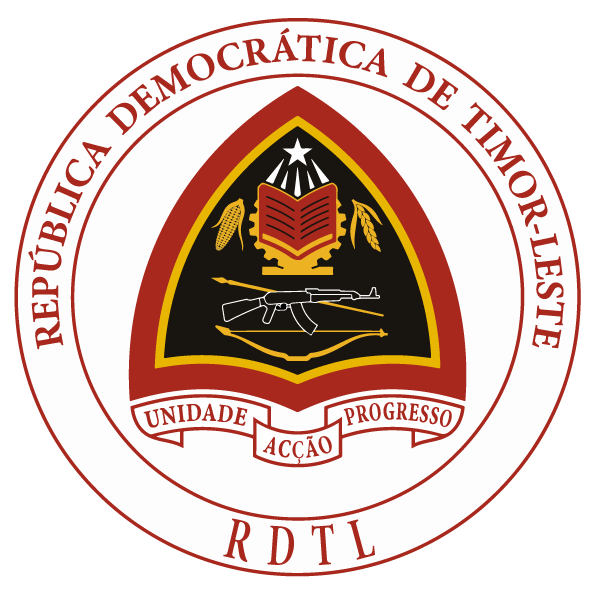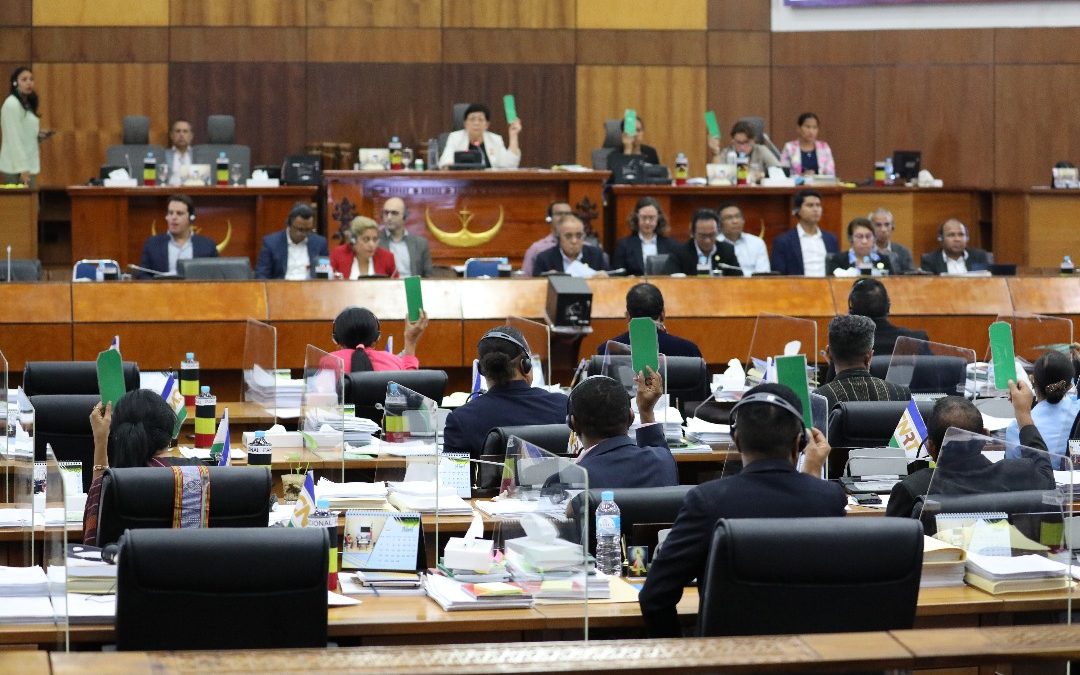The allocation of Social Security Reserve Fund rights to taxpayers, whether civil servants, company workers or others, will follow the application of two regimes: the transitional regime, which was in force between 2002 and 2017, and the general regime, which has been in force since 2017 and will apply until the retirement age of 60.
This statement was made by the President of the Board of Directors of the National Social Security Institute, Arlindo Pinto, in the debate between the Ministry of Social Solidarity and Inclusion (MSSI) and the National parliament, in plenary session, this Tuesday, April 15, 20125, in the National Parliament, in response to the concerns of members of Parliament about the way in which FRSS entitlements will be allocated to Social Security taxpayers.
The top leader of the INSS said that the Social Security Reserve Fund will be allocated to taxpayers in an accumulation format with the basic salary.
In relation to the concerns of members of Parliament about the possibility of contract employees, who have already finished their work, wanting to withdraw the money corresponding to their Social Security contributions, the President of the INSS said that the Decree-Law does not allow this, and you can only withdraw the money when you reach retirement age.
Arlindo Pinto explained that contract employees who end their contracts, both public and private institutions, will have their contribution period calculated, and for six months, the INSS will suspend their contribution, because they are no longer contributing. However, once they have a contract again in the public or private sector, the INSS will reactivate their contribution, with a lifetime number, because their date is already registered in the Social Security system.
In addition, there is also the possibility that the taxpayer will want to continue contributing to Social Security, even if they are no longer working in a public institution or company, because the law allows this, through optimal membership. This way, when you apply for a retirement pension, the INSS will be able to accumulate all your service and contribution time, up to the age of 60, according to the amount you have contributed.
On the other hand, in response to questions about the identity card that the INSS issued to members of the National Parliament, which will not work, this happened because when they tried to access the Social Security date, the names didn’t appear. The Vice-Minister of the MSSI, Céu Brites, clarified that this was because the remuneration declaration had not yet been made.
The Social Security card or identity number is a permanent number, from the beginning of the contributory career, so when contributor wants to apply for the pension, they should take this card, because the documents and data are already registered in the Social Security system
Regarding recommendation of the parliamentarians to simplify the bureaucratic procedure when applying for a pension, the President of The INSS pointed out that during this period the competent party deducted the amount of social security contributions from each employee or work, but in some cases the human resources department did not register them with social security. Therefore, when applying for a pension, it is necessary to complete the necessary documents or ask employees to go to the institution where they work to obtain a list or statement of remuneration based on basic salary, as well as other necessary documents, before obtaining for a retirement pension.
In 2024, the Council of Ministers approved a resolution for public and private institutions to ensure that employers submit their monthly pay statements to Social Security so that adjustments can be made, and taxpayers can have easier access to their personal data. END
![]()

